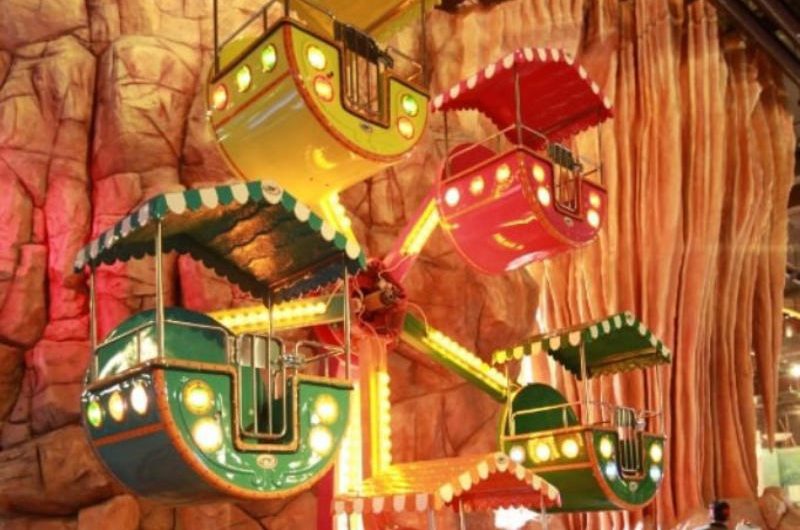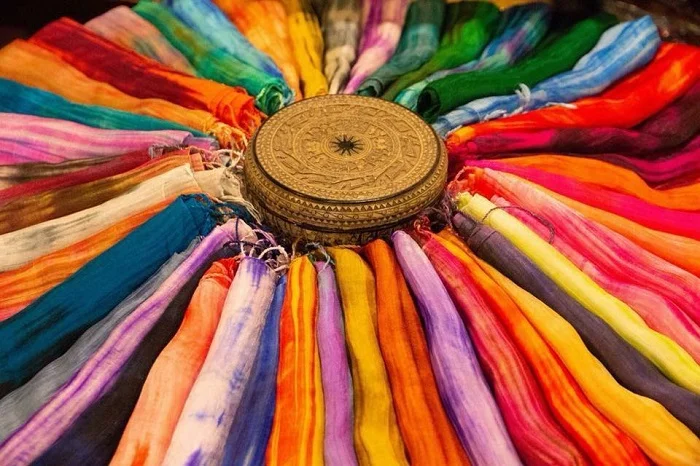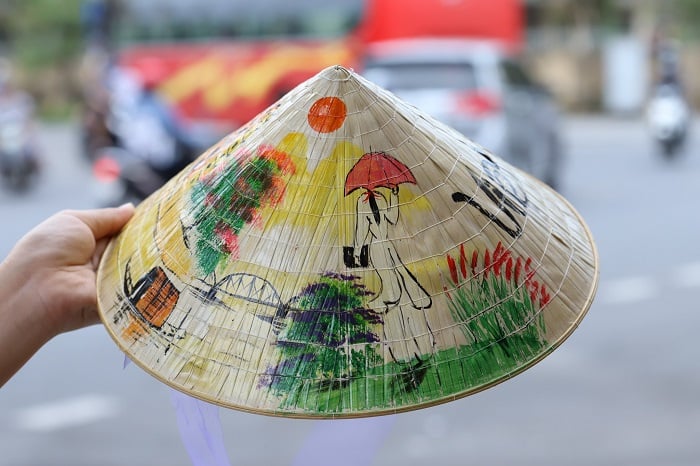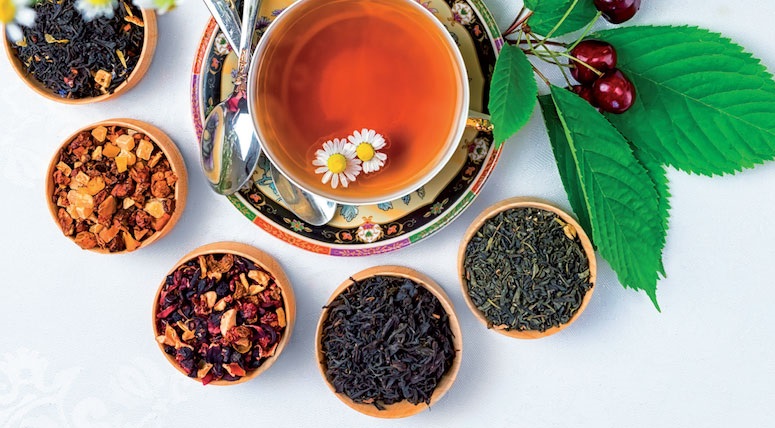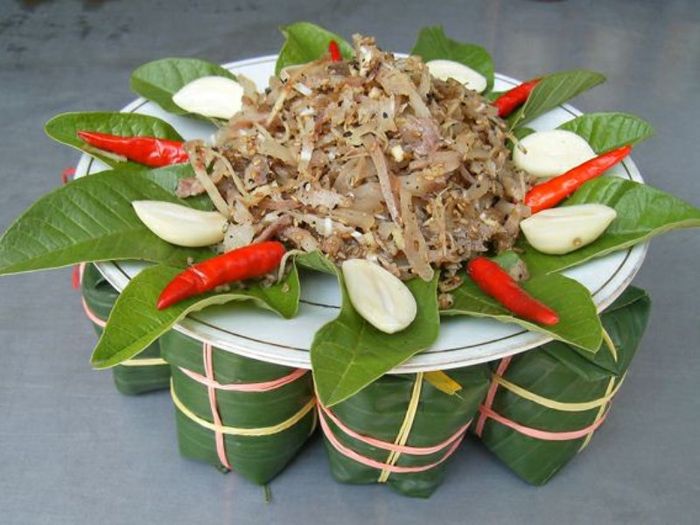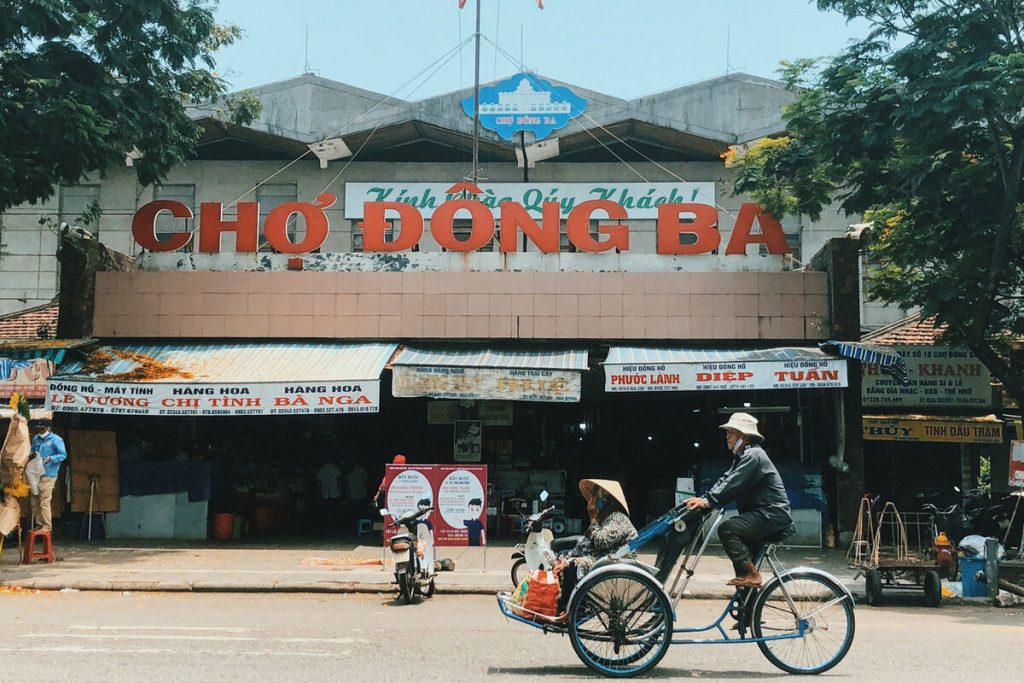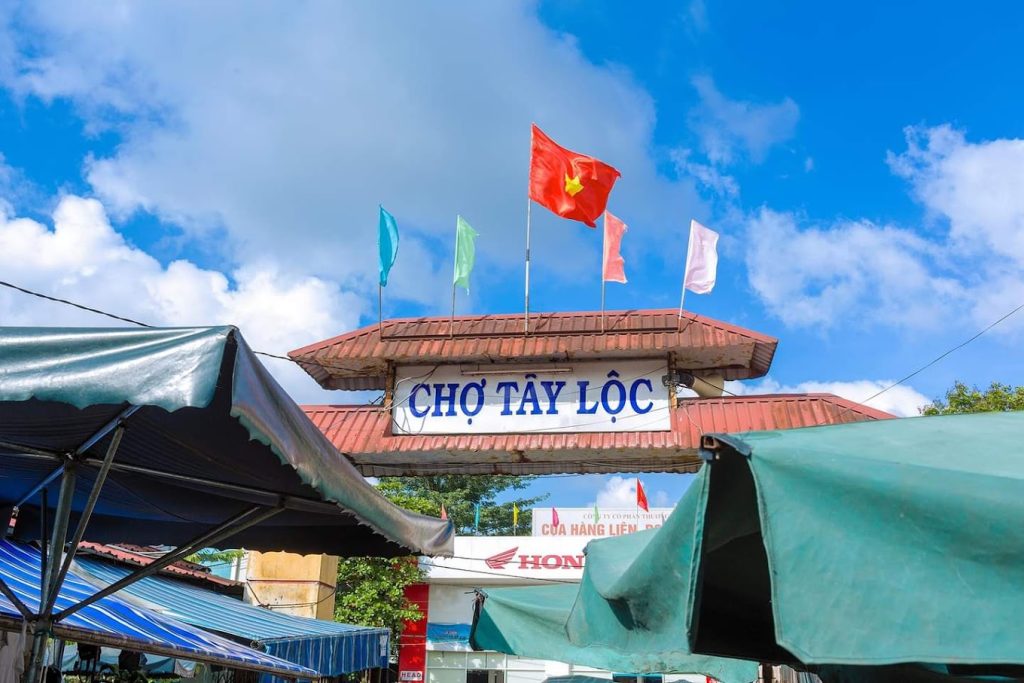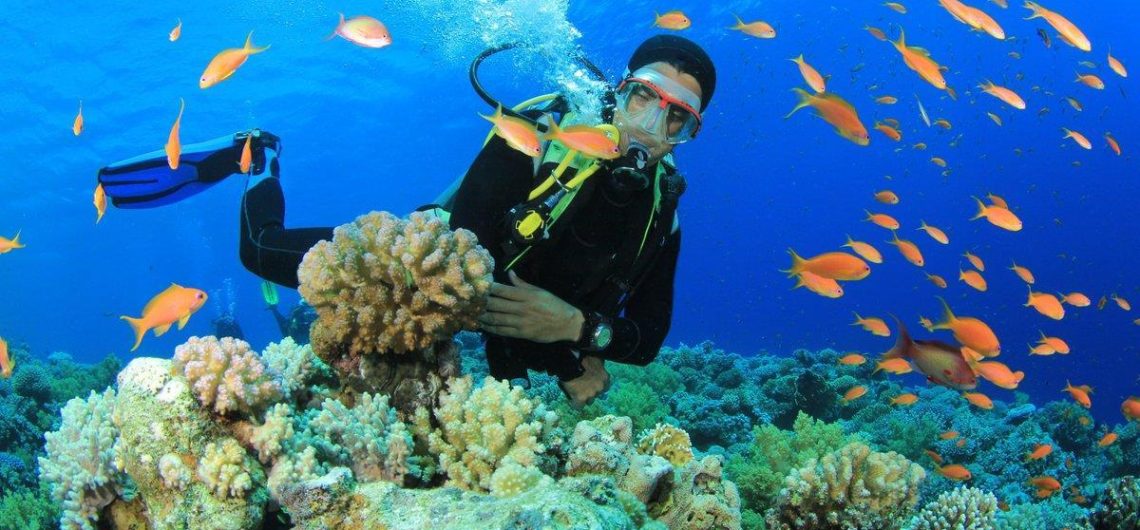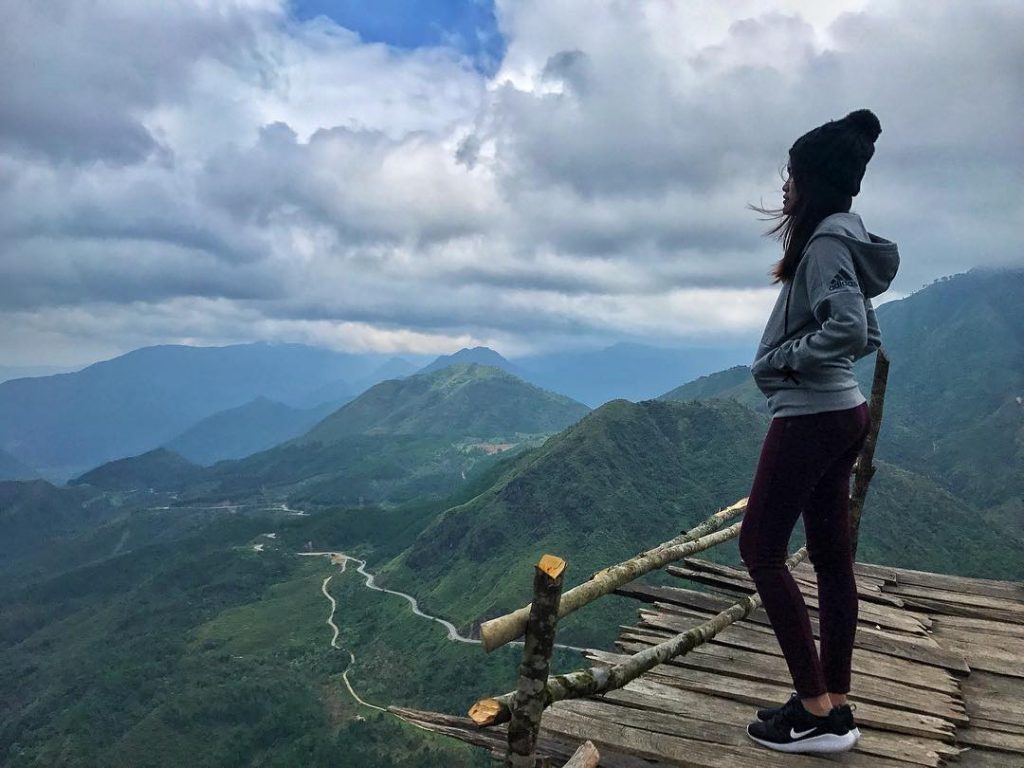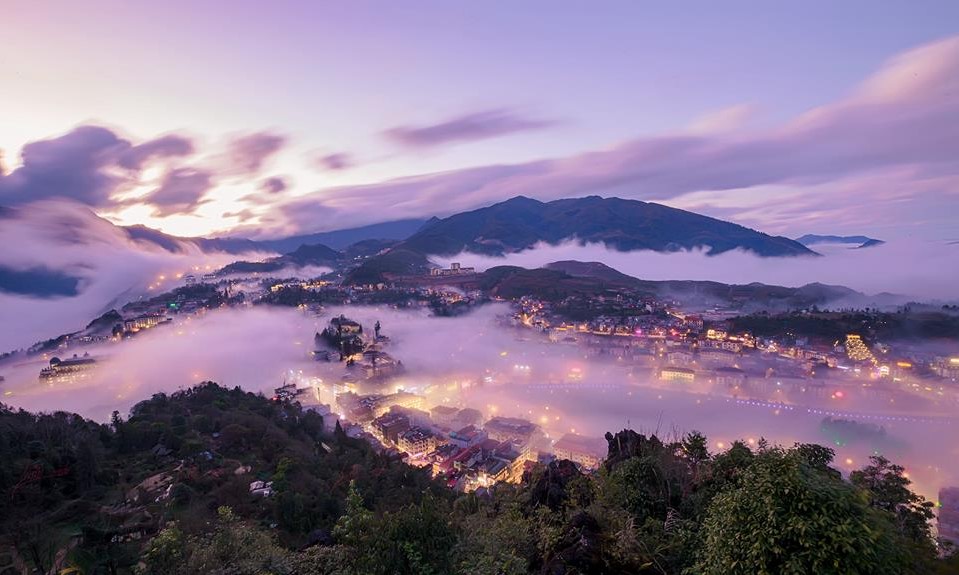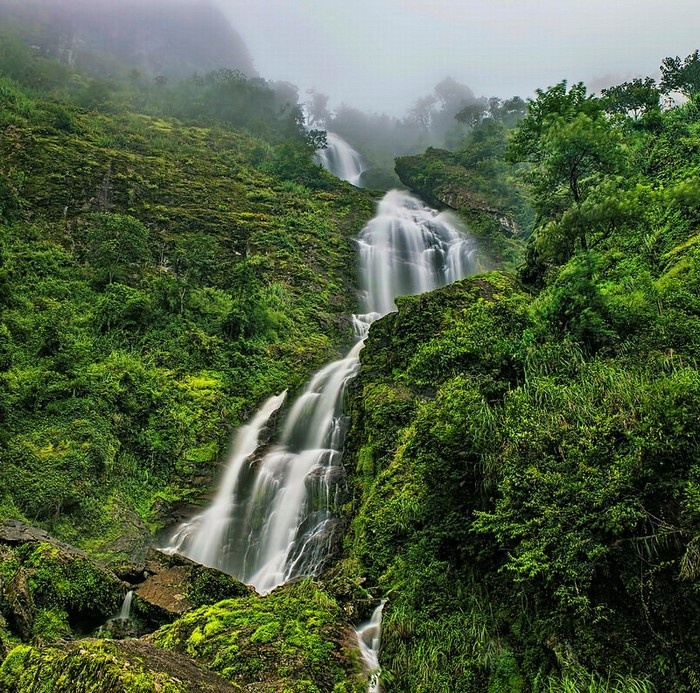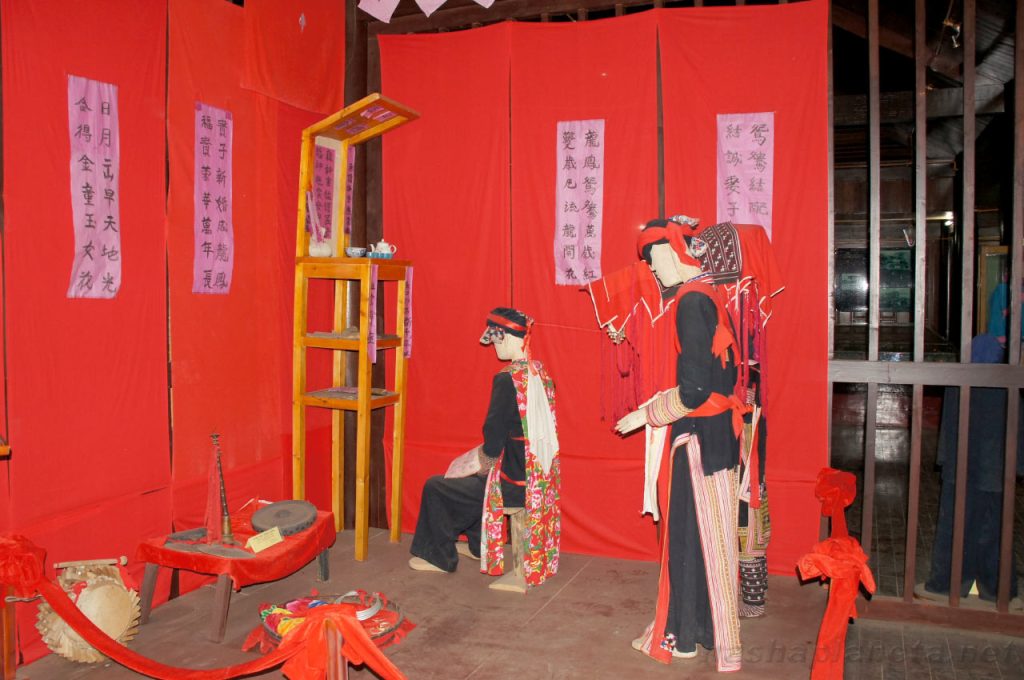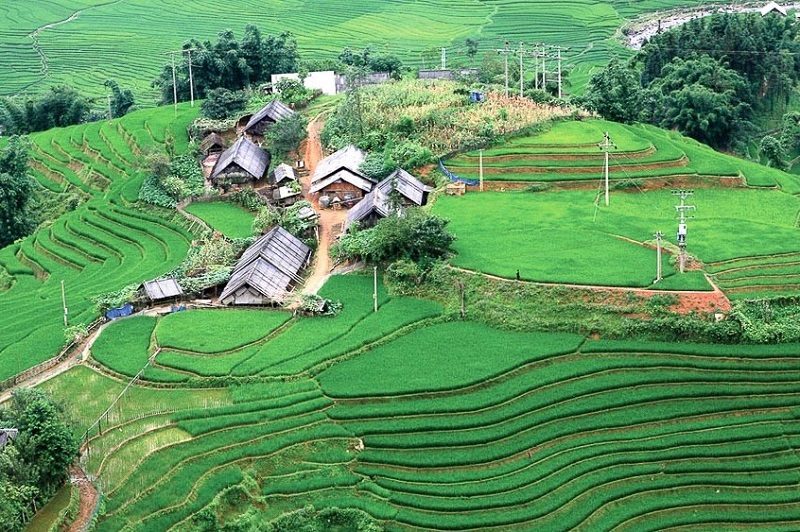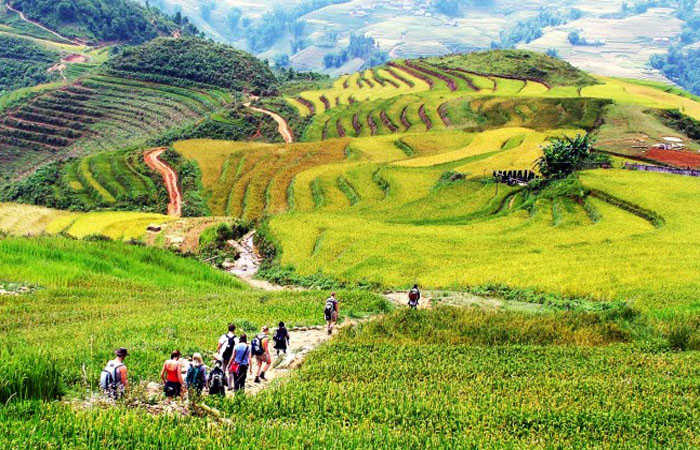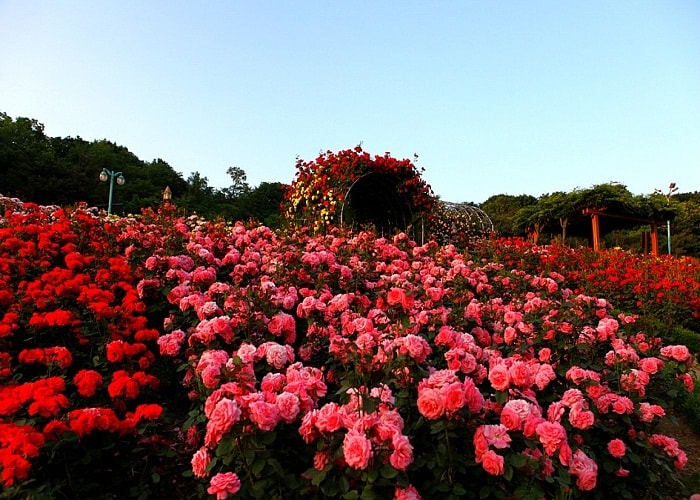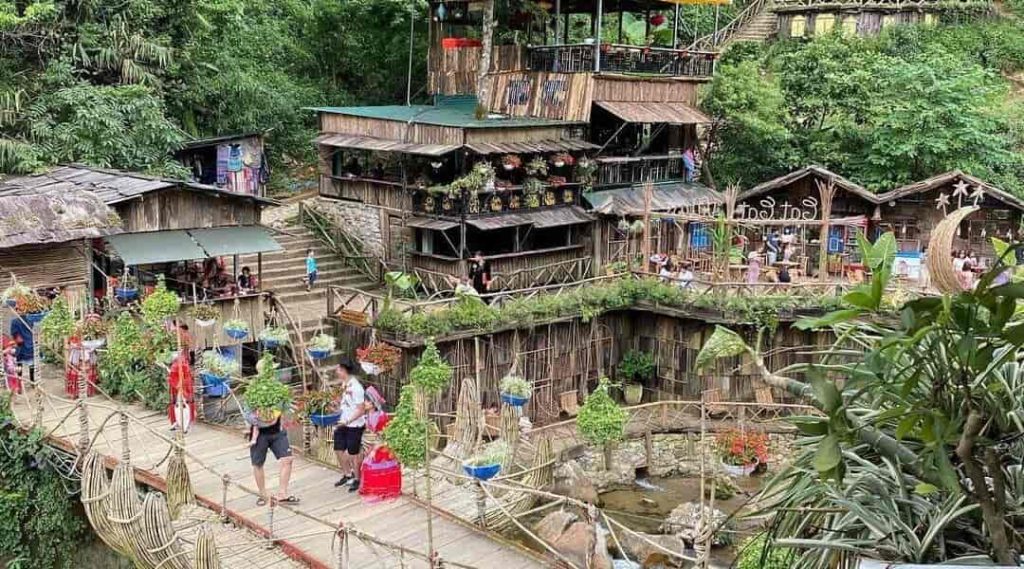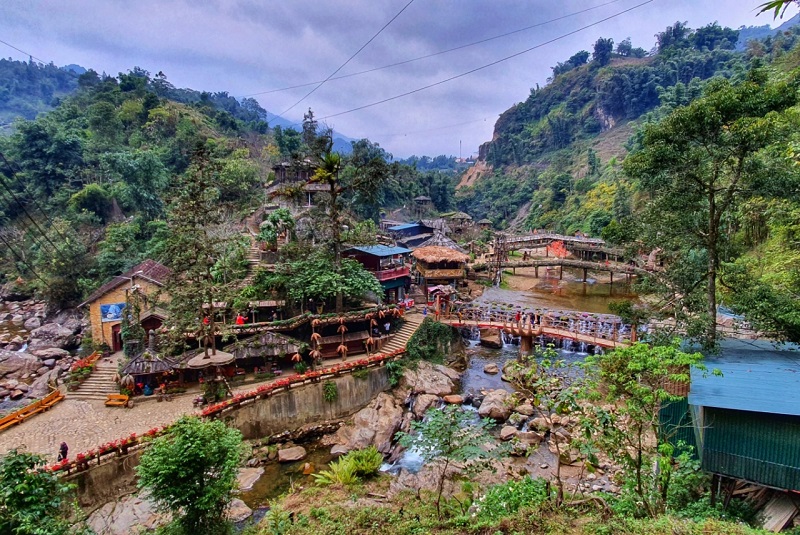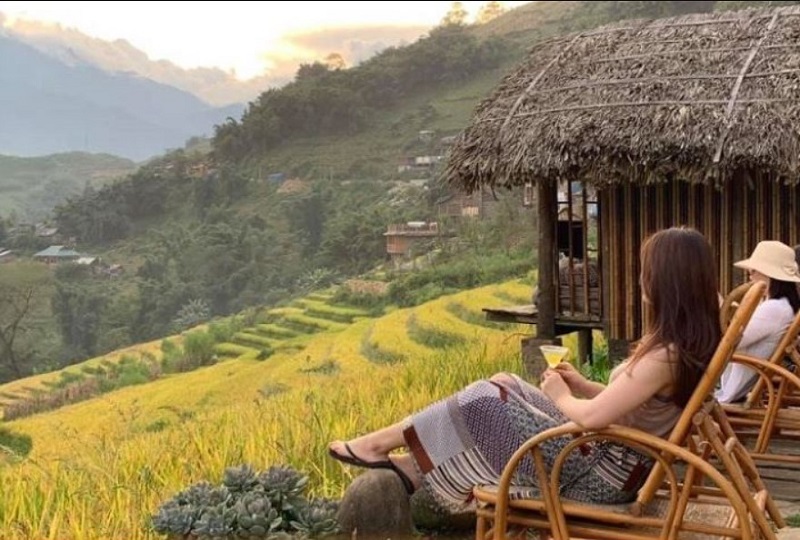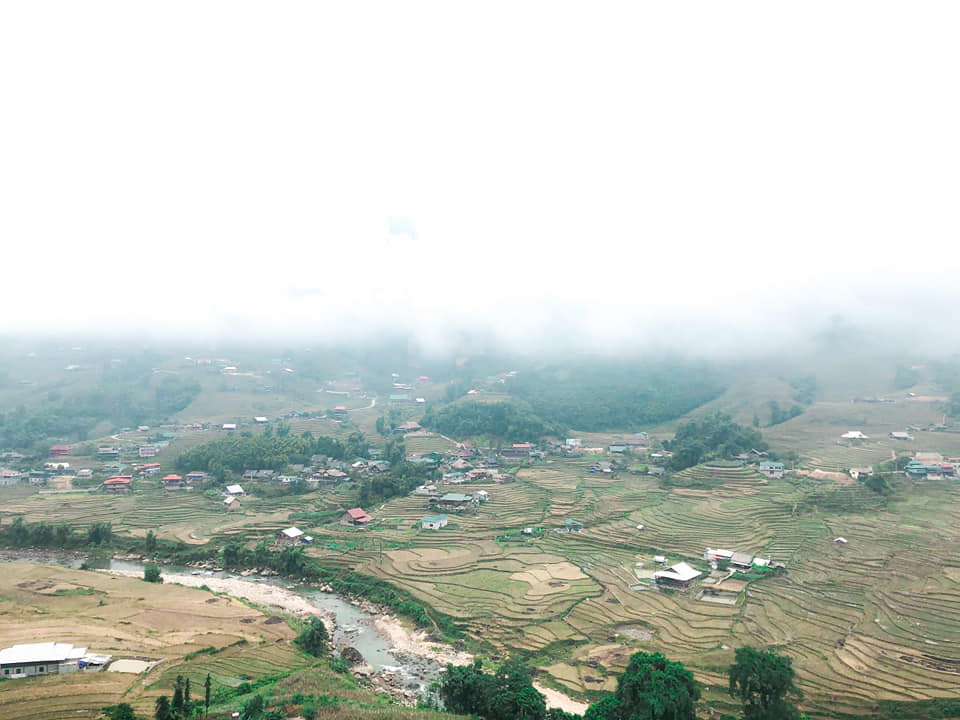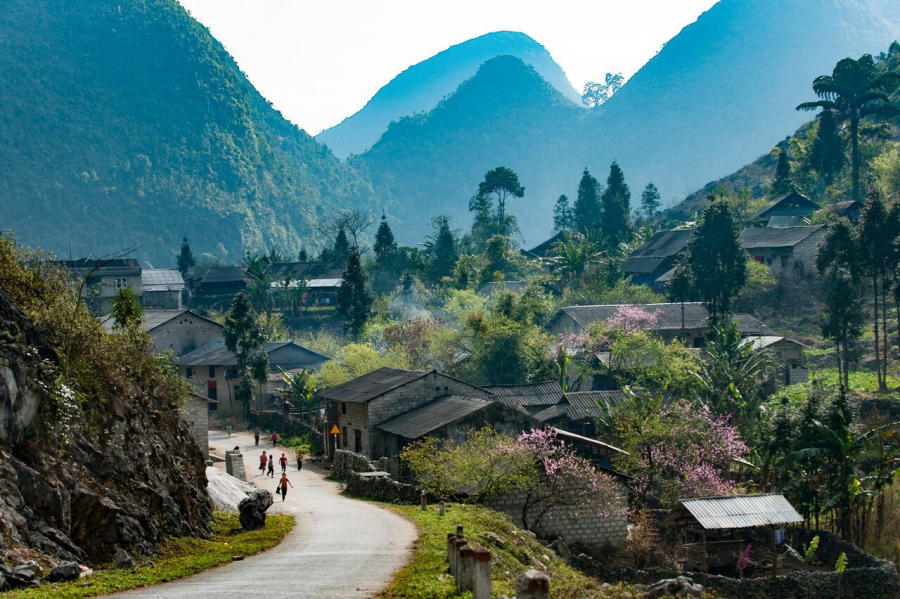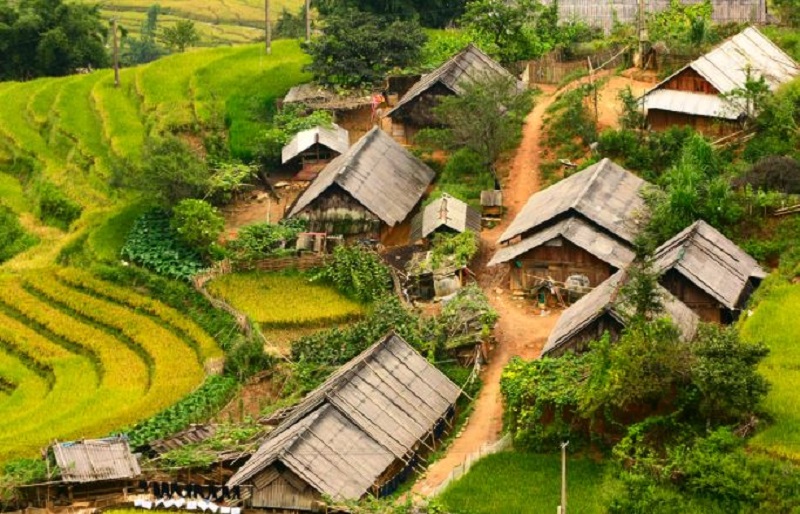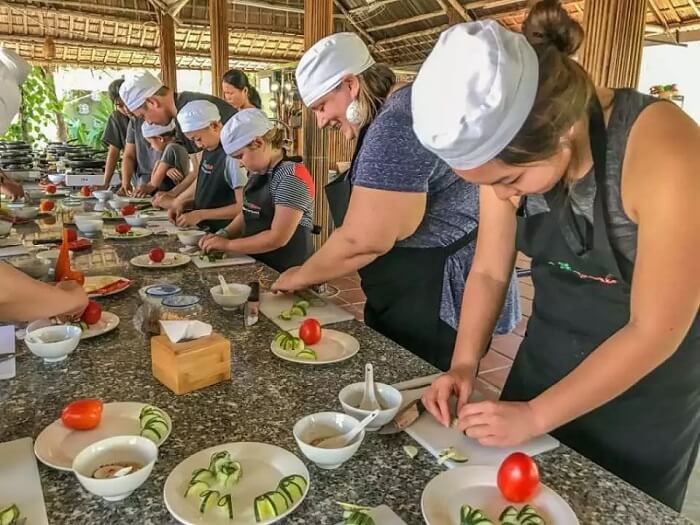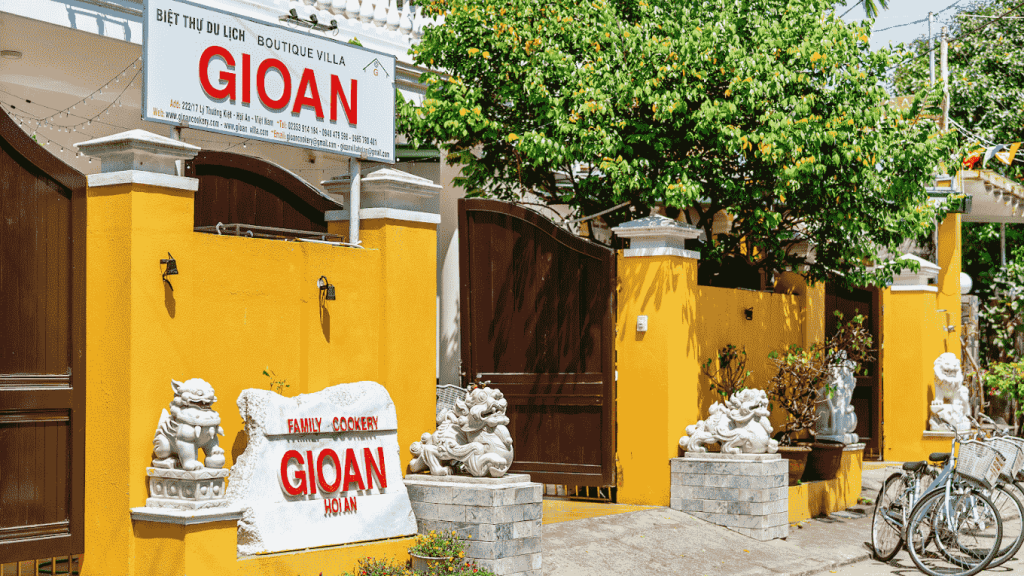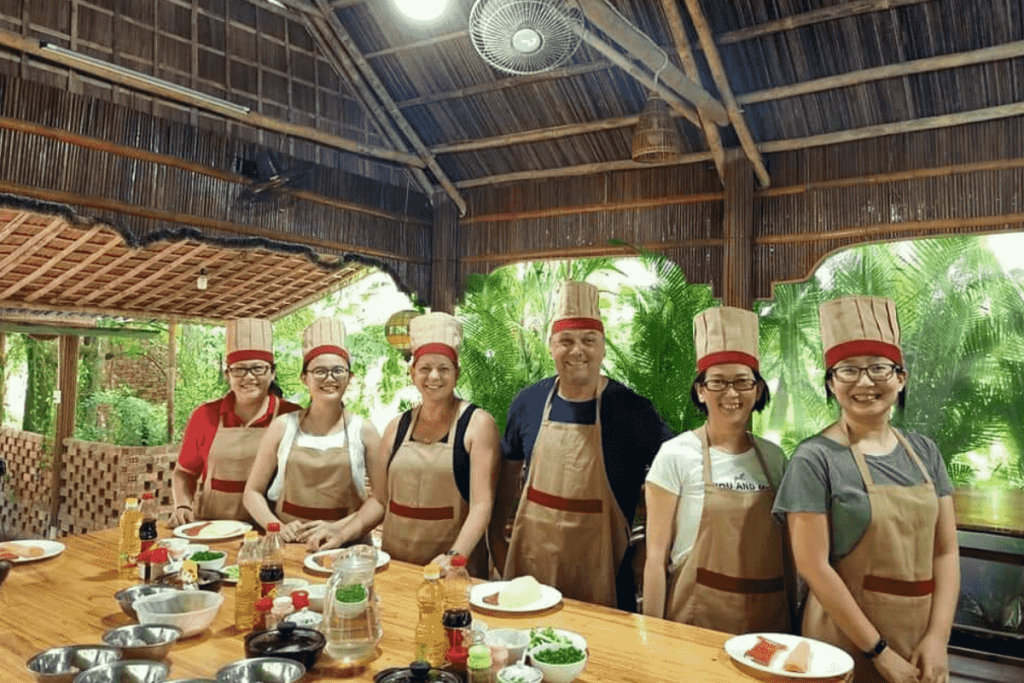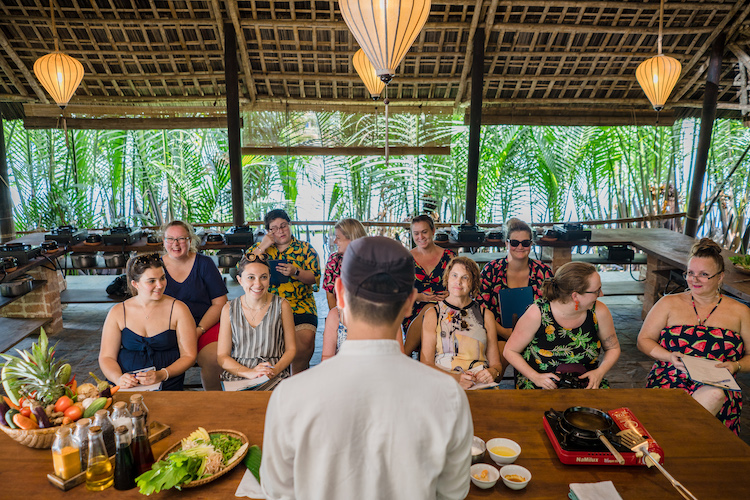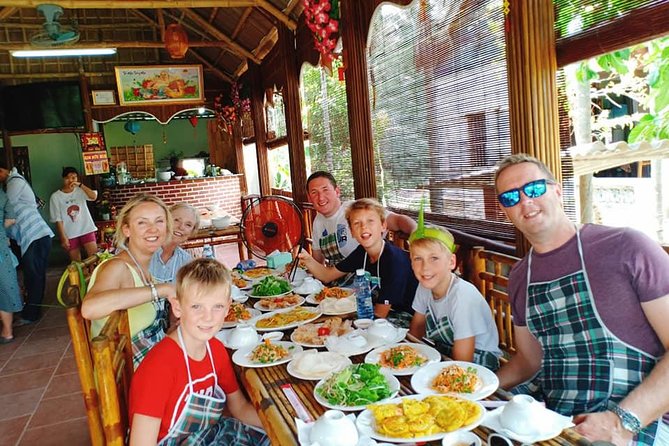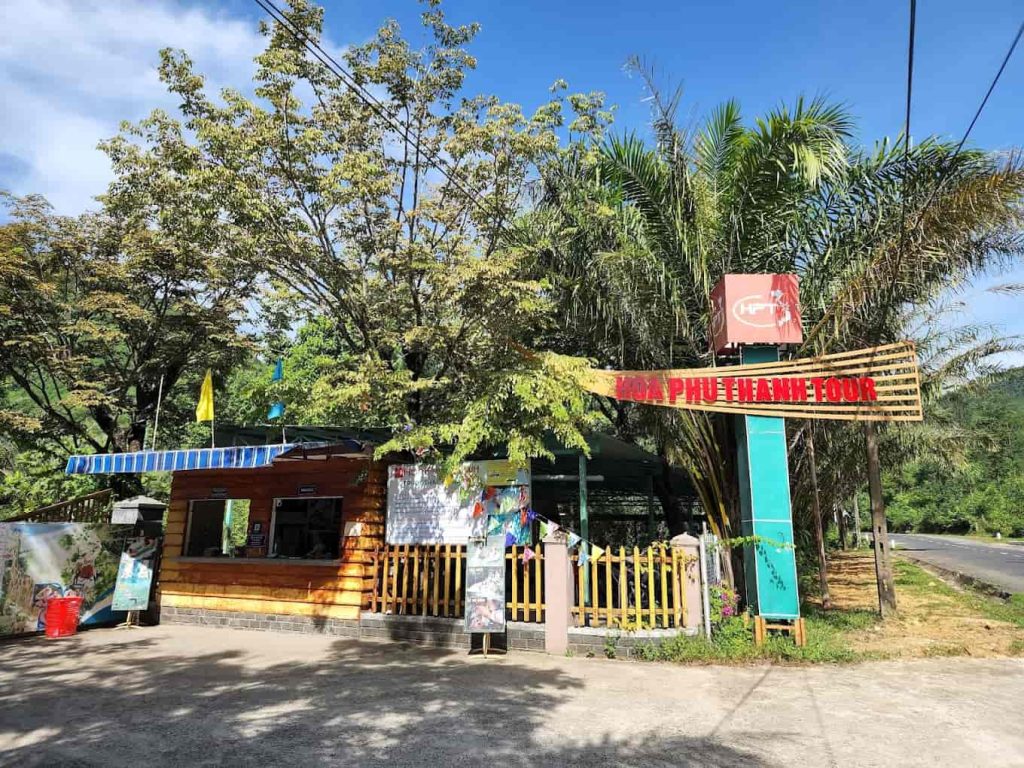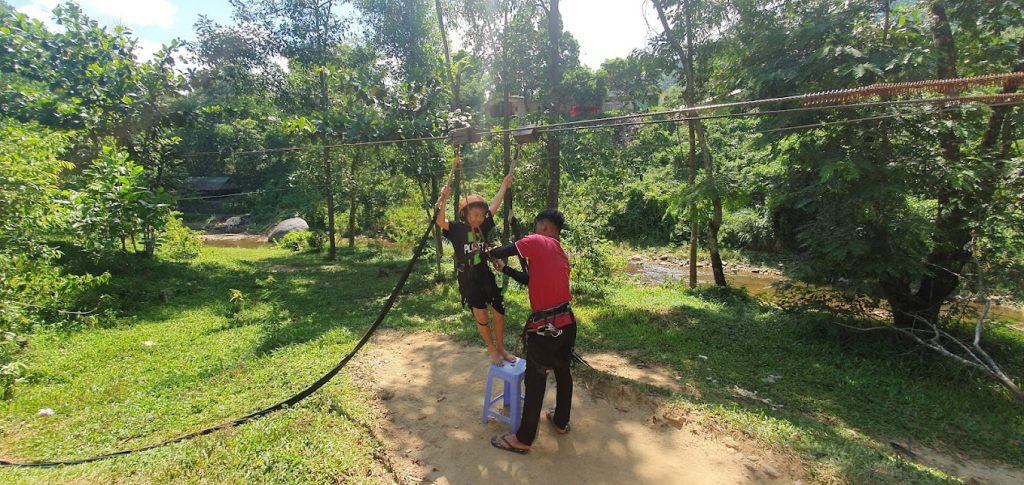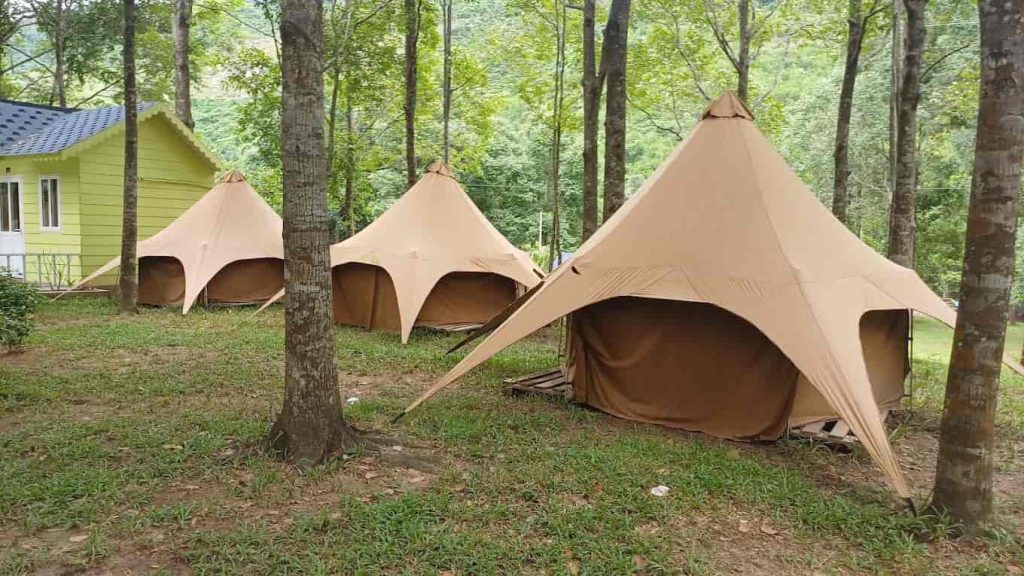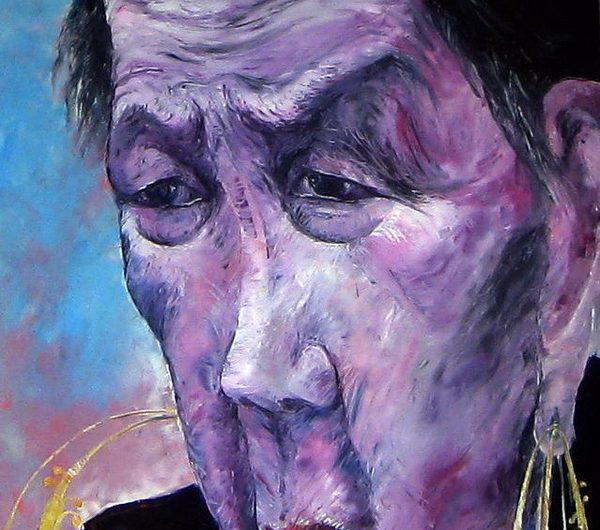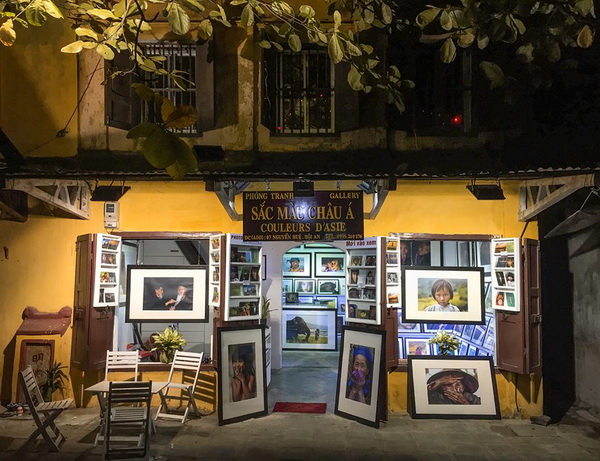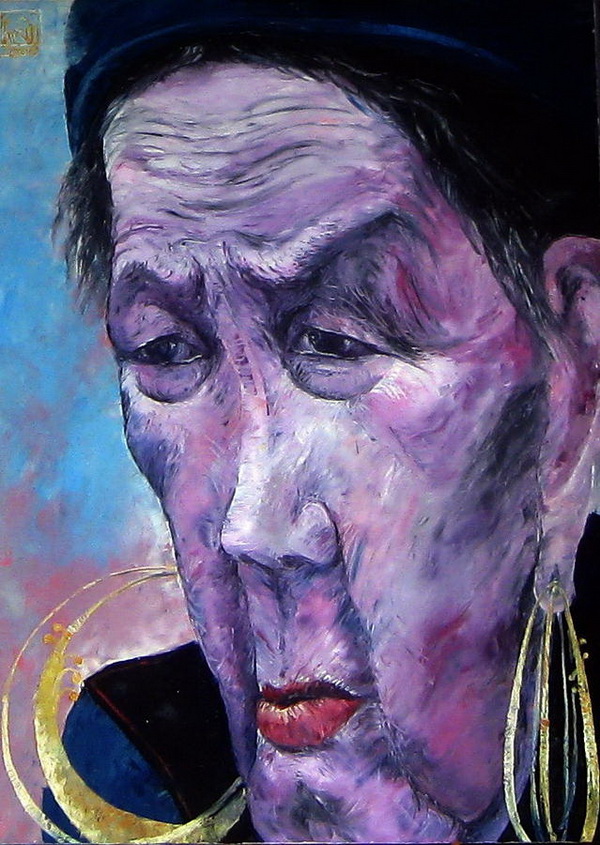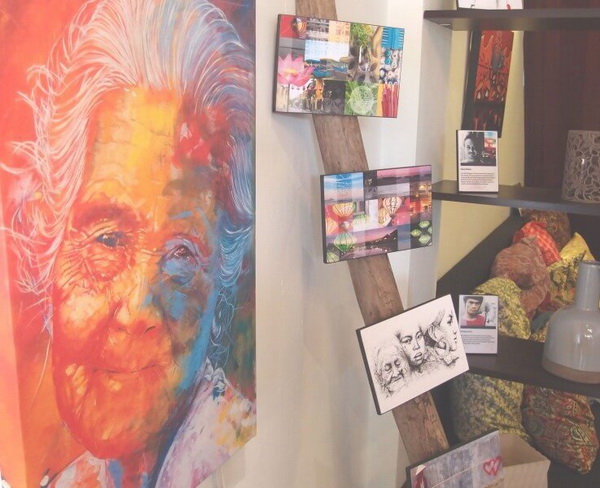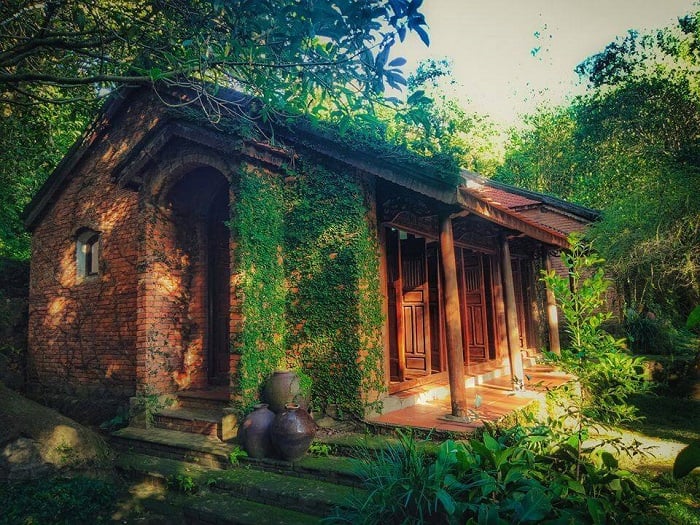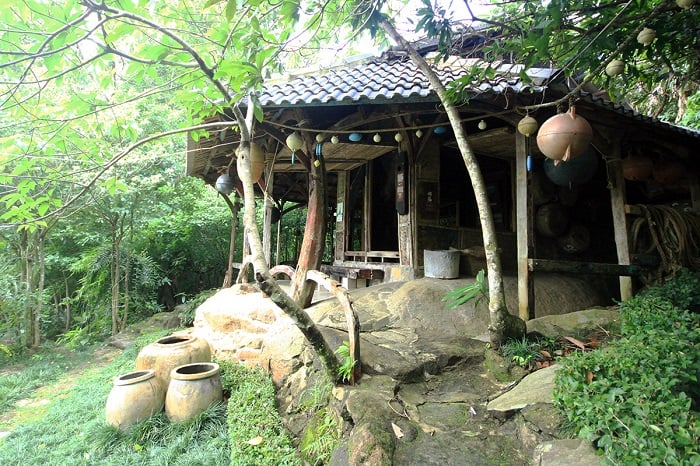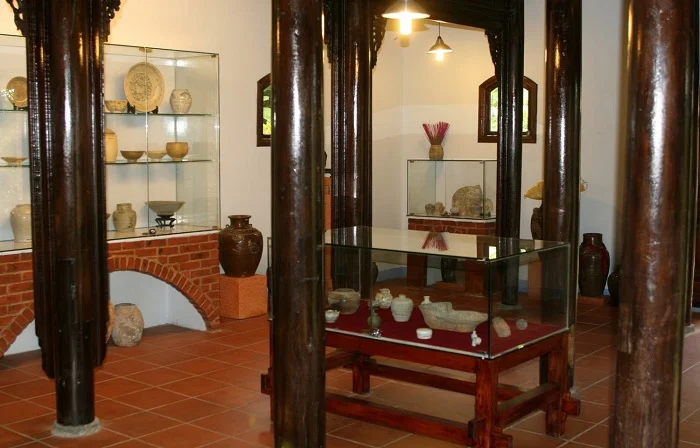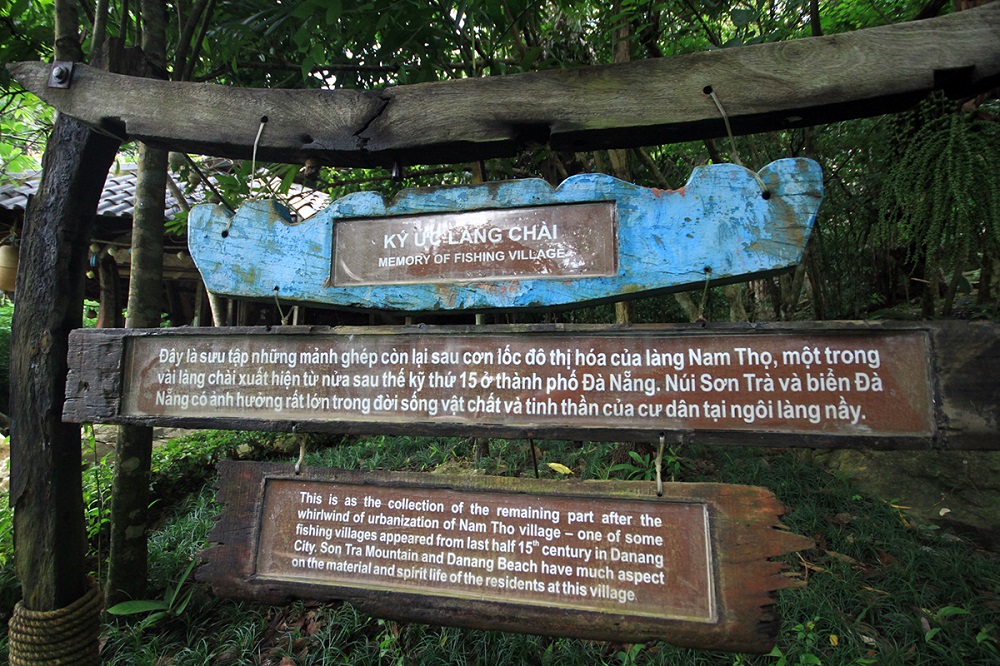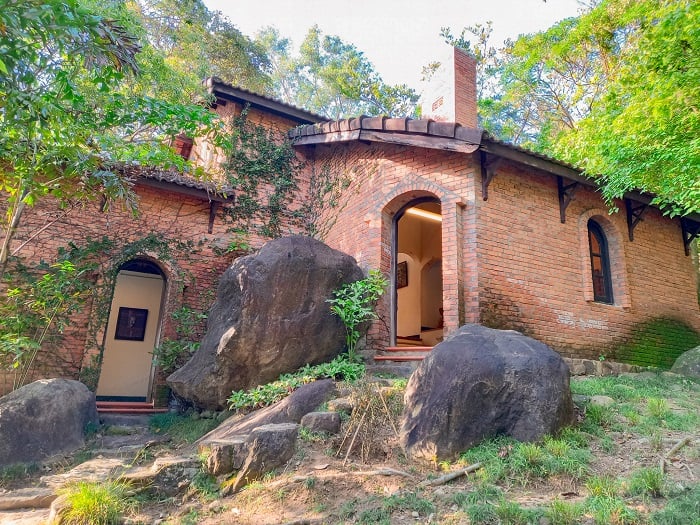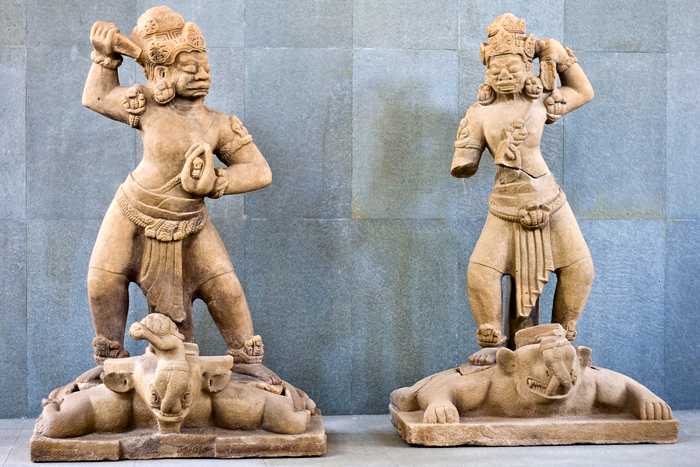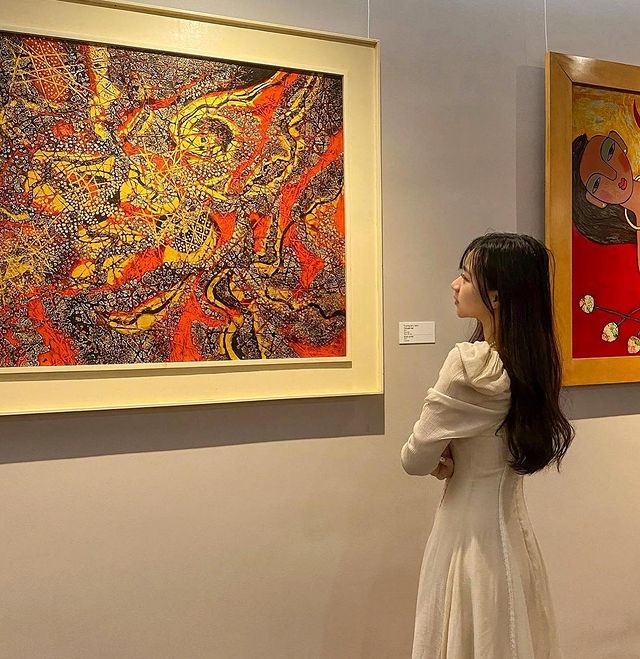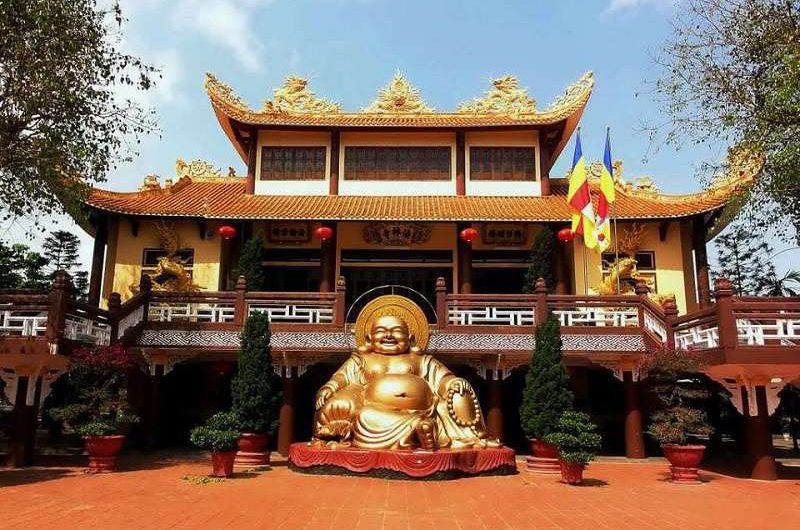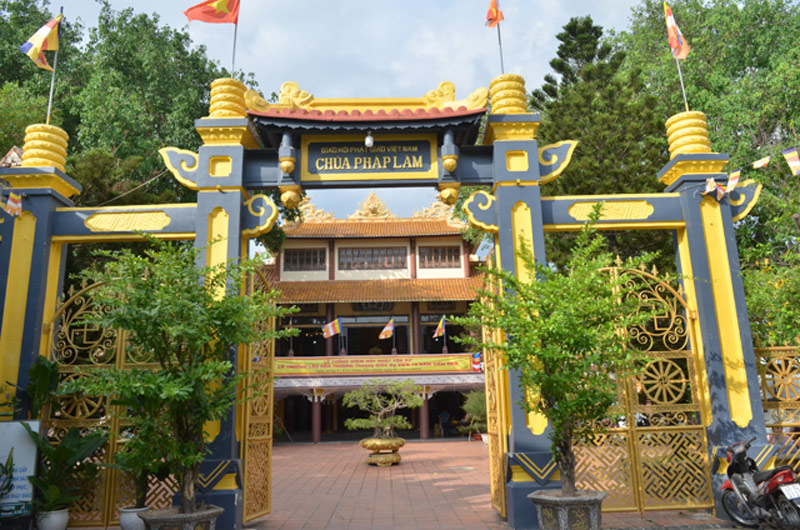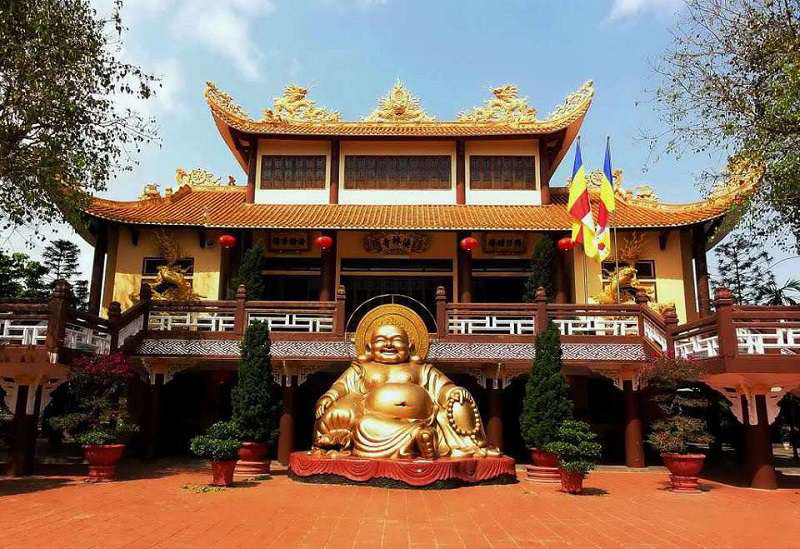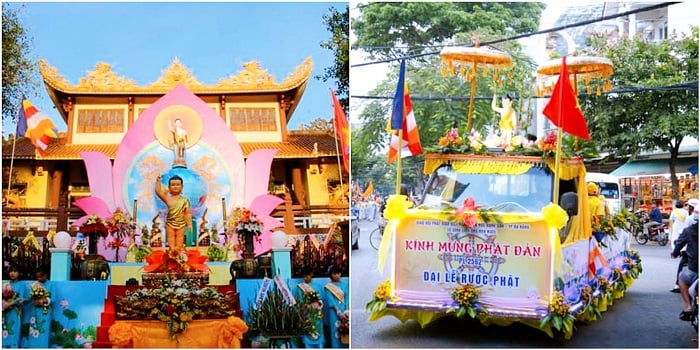Not only does Ba Na Hills boast a cable car system that holds 4 Guinness World Records, the famous Golden Bridge, and stunning scenery, but it is also known as an entertainment paradise with many unique games. Below are the most exciting games at Ba Na Hills that everyone loves and you shouldn’t miss.
Fantasy Park – Home to the Most Exciting Games at Ba Na Hills
Fantasy Park is the largest indoor amusement park in Vietnam, located at the top of Mount Chua (Morin Station area) within the Ba Na Hills resort in Da Nang. This park was built and designed inspired by two famous novels by French author Jules Verne: Journey to the Center of the Earth and Twenty Thousand Leagues Under the Sea.
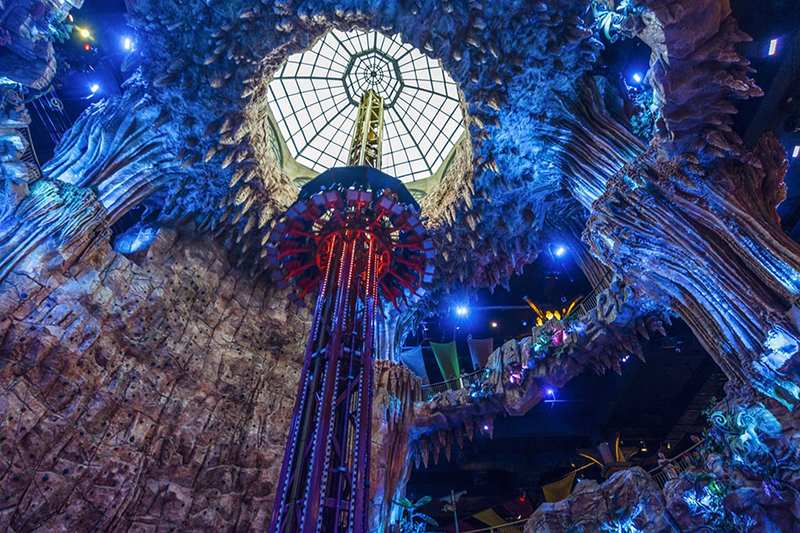
Covering an area of up to 21,000 square meters, Fantasy Park features over 100 games for all ages, from gentle games to thrilling, challenging, and adventurous ones. It creates a vibrant and exciting entertainment paradise, offering visitors a wide range of emotions and surprises.
To reach this resort, you should check the latest Ba Na Hills ticket prices, which are 900,000 VND for adults and 750,000 VND for children between 1 and 1.4 meters tall. Visitors can enjoy a scenic cable car ride and have a blast trying out the various games available.
To get to Ba Na Hills and enjoy thrilling games as well as visit famous architectural sites, choosing a reliable transportation service will make your trip easier. With DanangPrivateCar.com’s private car service from Da Nang to Ba Na Hills, you can have a safe and comfortable journey with an English-speaking driver and door-to-door service. While you enjoy your time at Ba Na Hills, our driver will be waiting for you.
Thrilling Games at Ba Na Hills for Adults
For thrill-seekers and those looking to challenge themselves, the thrilling games at Fantasy Park are not to be missed. They will offer a heart-pounding yet exhilarating experience. Some notable games include:
Free Fall Tower
If you’re not afraid of heights or speed, you’ll definitely enjoy the Free Fall Tower. In this ride, participants sit in chairs arranged in a circle, attached to a large axis that controls the up-and-down motion.
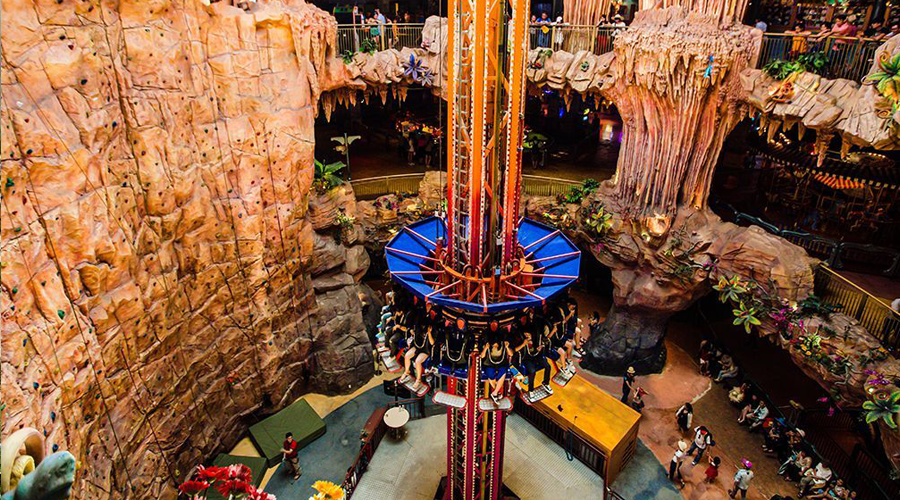
Players are suddenly lifted to a height of 29 meters and then dropped freely. During the ascent and descent, the seats spin around the tower. Visitors can enjoy the amusement park scenery with spectacular moments.
Rock Climbing
The rock climbing game, affectionately known as Spider-Man, is similar to other artificial climbing walls, but the one at Fantasy Park Ba Na Hills is the largest in Vietnam (30 meters).
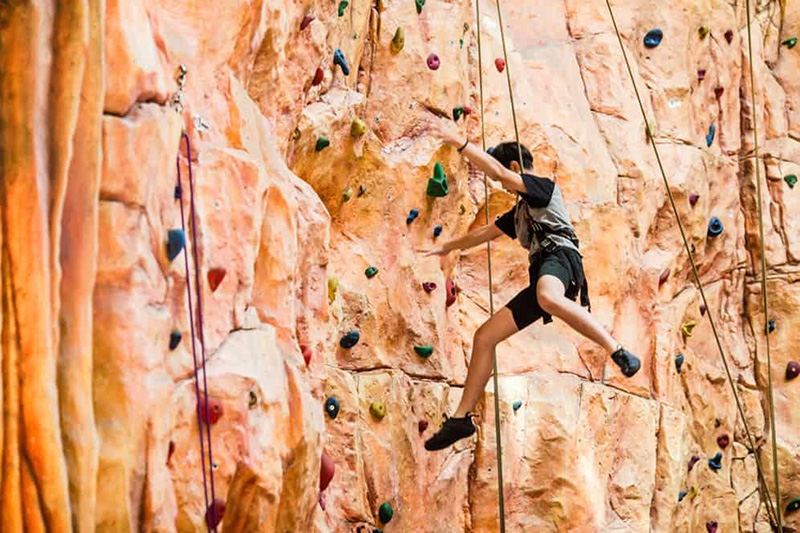
Players will try to climb a rugged wall with a considerable incline. However, they will be equipped with safety harnesses and multiple handholds for better grip. This game is physically demanding but perfect for those who love physical activity.
Tubing
Tubing is one of the most exciting games at Ba Na Hills and a popular choice among many visitors. This ride features a tube cart that players can control their own speed. Each cart accommodates 1-2 people and moves at a speed of 30 km/h.

With a system of spirals that create challenging, undulating movements, it provides a thrilling experience without being overwhelming. The design ensures safety, so visitors can enjoy it with peace of mind.
Skyver Hero
Try your hand at being a pilot by sitting in and flying with the Skyver spacecraft. The spacecraft is designed with multiple seats and very high-speed rotations, giving players the sensation of soaring high and diving low.
Not only can you enjoy the expansive scenery in a vast space, but you can also feel the wind rushing past your ears. Especially, players have the freedom to control their flight, making it feel like real magic.
Super Spin
This is also one of the most exciting games at Ba Na Hills. If you’re not afraid of heights, don’t miss it. Players sit in chairs with safety belts.

The motor starts, lifting players through the air, moving from slow and smooth to fast and extremely fast. It might induce a bit of fear, but the thrill will definitely overshadow it.
The Most Exciting Games for Children at Ba Na Hills
As a recreational destination for all ages, Ba Na Hills offers not only thrilling games for adults but also many fun activities for children.
Windmill
The windmill is a game that almost every child loves. It features a windmill with five visually appealing blades. Each blade is a seat that can accommodate up to four people. As the children sit in the seats, the windmill slowly moves in a circular motion, allowing them to enjoy the surrounding scenery.
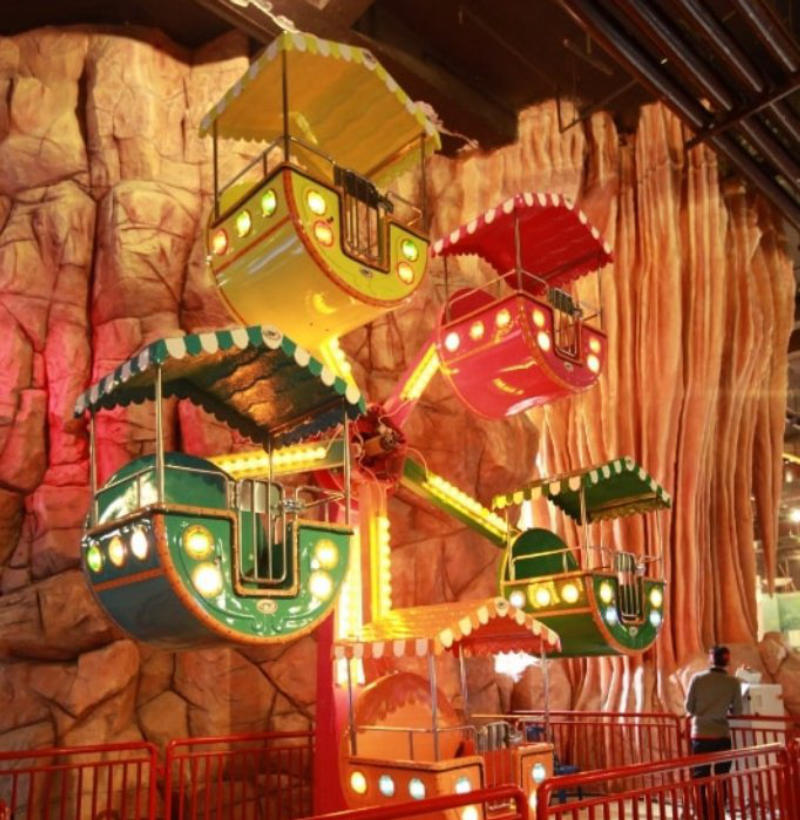
Tiny Explorers
This play area is suitable for children under 5 years old. Kids can become tiny explorers, discovering interesting things within this space. Parents should let their children freely climb, navigate obstacles, and more to develop their agility and liveliness.
Undersea Carousel
This is likely a favorite game among most children. The carousel at Fantasy Park is beautifully decorated and captivating. Children can imagine themselves as mermaids, exploring the sea with seahorses or anyone they like. It simulates a journey through the stunning, deep blue ocean.
Jurassic Park
For children who are passionate about dinosaurs, this is a must-see. The park offers a real-life Jurassic experience where kids can see models of dinosaurs from the Jurassic period to modern times. It’s sure to be a hit with young dinosaur enthusiasts.
There are many more exciting games at Ba Na Hills, with over 100 different options. If you have time, visitors and kids can also enjoy other fun activities such as:
- The Haunted House
- Wild West
- Mirror House
- Dragon and Snake Game
- Journey to the Center of the Earth
- Firefighter Hero
- Bumper Cars
- Fairy Garden
- Water Bubbles
- 3D and 4D Movies
Read more about: The map of Ba Na Hills and the latest detailed cable car schedule for Ba Na Hills in 2024.
What to Consider When Participating in Games at Ba Na Hills
Describing Fantasy Park at Ba Na Hills as a world of games is truly accurate. If you enjoy experiences and activities, this is a paradise for you. However, there are some considerations to keep in mind:
- Choose games that match your interests and especially your health. Some games may not be suitable for those with heart conditions, high blood pressure, or a fear of speed or heights.
- For children, it’s advisable for parents to accompany them to ensure safety. Each game has its own rules, so visitors should adhere to them.
- Most of the exciting games at Ba Na Hills are located indoors, so visitors can enjoy them at any time.
There isn’t just one exciting game at Ba Na Hills. If you visit only once, it’s hard to experience everything. We hope that the insights shared by DanangPrivateCar.com will enrich your trip and make your journey at Ba Na Hills even more memorable.

